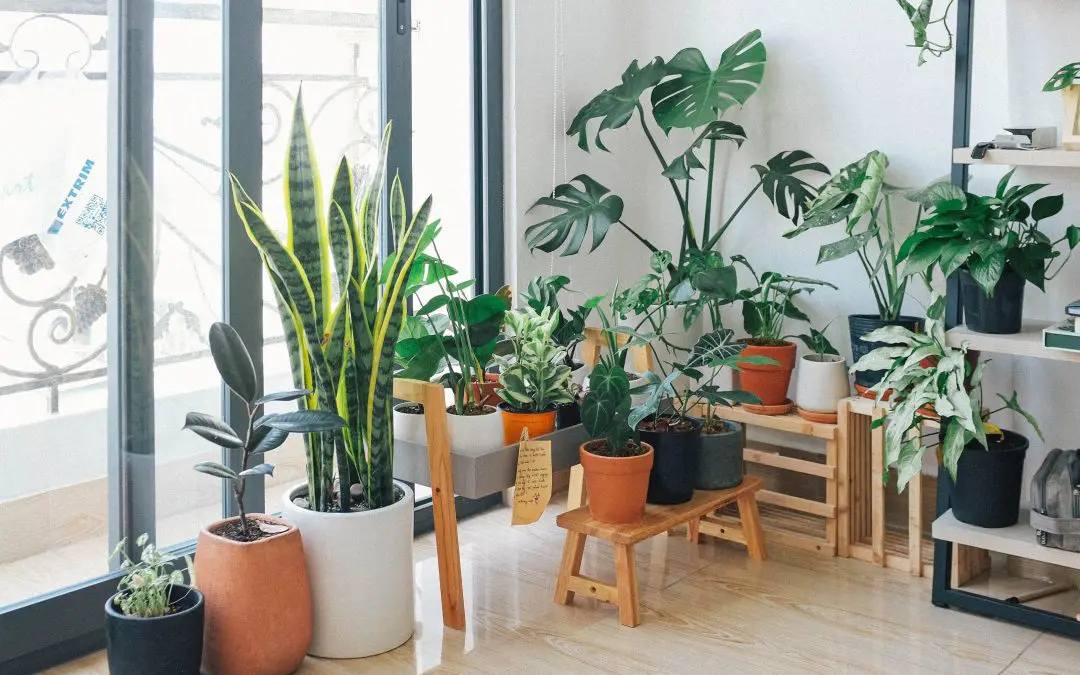Are you looking for indoor plants that don’t drip water everywhere? Consider a plant that doesn’t require a drainage pot.
While some individuals want the beauty and many advantages of having greenery in their homes, caring for houseplants can be intensive. Plant care raises a number of questions, such as whether to under or overwater, what kind of soil to use, and when to repot a plant. Indoor plants that do not require drainage are something busy homeowners can opt for.
Most houseplants need well-draining soil to grow and flourish. If water does not drain out through the bottom of the pot properly, the plant’s roots can rot and eventually die. Some experts say there are plants that manage to grow in a pot without drainage.
Here is a list of indoor plants which do not require drainage:
1. Spanish Moss Plant (Tillandsia usneoides)
Spanish moss frequently grows from trees in damp environments. There are no drainage holes needed because it doesn’t need soil as it collects water and nutrients from the air. In fact, Spanish moss can be grown in a warm region or a greenhouse by attaching it to a piece of bark. Simply sprinkle the gray-green tendrils at least twice each week, and every two weeks, fertilize with a liquid fertilizer strong in phosphorus. If you collect Spanish moss in the wild, you should first microwave it to kill any microscopic insects before growing it indoors. Additionally, garden centers sell it.
2. Chinese Evergreen (Aglaonema spp.) Plant
This tough perennial tropical plant, which is native to Asia, has floppy green leaves that vary in a range of colors. It can grow in pots without drainage holes because it does well in both damp or moist soil and water. These plants are low care and excellent for beginners because they recover quickly from inconsistent watering and just require a small amount of light.
Remember that Chinese evergreens are poisonous to animals and that intense sunshine will cause their leaves to burn. If the plant is being grown just in water, it is advised to replace the water every three days. If it is being grown in soil, water should be applied once per week or whenever the soil becomes dry.
3. Prayer Plant
These Brazilian rainforest-derived decorative houseplants come in a wide range of kinds with lovely leaf designs in hues of green, crimson, and maroon. Their name comes from the fact that while the leaves are flat during the day, at night they rise and fold inward to resemble praying hands. As long as you don’t overwater it, you can grow a prayer plant in water for a few months or in a container without drainage holes.
Although they are prone to root rot, prayer plants prefer regularly moist soil. Give your prayer plant drainage holes if you want a low-maintenance routine. However, if you’re prepared to monitor it constantly and track your plant’s water consumption, use a pot without any holes and maintain a constant hydration level in the soil. To prevent the leaves from becoming yellow, place the plant in a well-lit spot that is shielded from direct sunlight.
4. Lucky Bamboo Plant (Dracaena sanderiana)
This common houseplant is adored for its simplicity of maintenance, chic appearance, and feng shui advantages. Although it has a stem that is softer and fleshier than the woody bamboo, despite seeming like a miniature bamboo plant, it is not related to bamboo at all. This plant is frequently marketed in small containers growing in water. Additionally, it can develop in a vase with pebbles at the base to keep the stalks upright. It is an easy-care plant because it can withstand a range of lighting conditions.
5. Lemon Button Fern Plant (Nephrolepis cordifolia ‘Duffii’)
The Lemon Button Fern, not to be confused with its cousin the Button Fern, is hardy enough to flourish in a pot without drainage holes. To prevent the roots of the plant from standing in water and to prevent overwatering, place rocks or pebbles at the bottom of the pot. The Lemon Button Fern prefers humid environments, making them ideal terrarium additions for show as well as reptile tanks where they provide living decoration for your scaly buddy. If growing in a pot, spray the plants frequently and water once each week.
6. Spider Plant (Chlorophytum comosum)
Spider plants are distinguished by their quick growth and long, light green and white fronds. These plants require weekly watering or when the soil begins to gradually dry up in order to survive. They prefer warm, humid areas with bright, indirect sunlight. Change to distilled water or rainwater if the frond tips of plants growing in tap water start to turn brown. Therefore, if you’re growing your spider plant in water, you don’t need a pot with drainage; however, if you’re growing it in soil, you will need drainage.
AWP Home Inspections provides services to customers in West Central and Central Indiana. Contact us to request an appointment.

